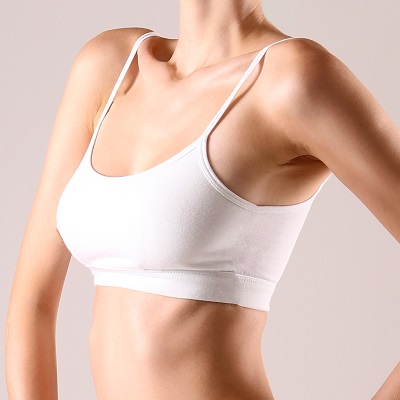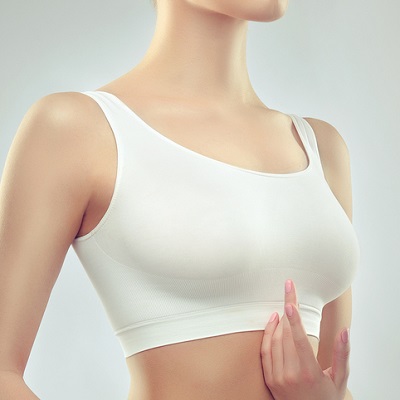Do you feel conscious about your breast size when you go out in public? Many women struggle with a heavy bust while experiencing soreness in their back or shoulders. With the advancement of modern technology in health sciences, a popular procedure for reducing bust size has come into play to relieve these undesirable symptoms. Read on to discover: Which Techniques to Choose for Breast Reduction? And the aspects affect their selection.
Understanding Breast Reduction Surgery:
Breast reduction surgery involves a variety of procedures for removing excessive bulk around the chest. These techniques, commonly known as mammoplasty, help to alleviate problems associated with sagging breasts. It gives it a transformed appearance that encourages women to participate in physical activities and boosts self-confidence.
Reasons to Consider Breast Reduction
Mammoplasty is advised for women with heavy breasts, with the given signs:
- Severe pain around the back and neck region
- Redness or Irritated skin under the breasts
- Inability to participate in physical activities
- Difficulty wearing under clothing and straps
- Having low self-esteem due to a large size
Table of Content
Common Types of Breast Reduction Techniques:
Several breast reduction techniques are used by surgeons to restructure the breasts. It is crucial to understand these methods before going for a consultation:
Liposuction Method for Breast Lift:
Liposuction technique gives moderate changes in bust size for those women struggling with a heavier bust. It helps you achieve faster and durable results wth little scarring.
Vertical Technique for Breast Reduction:
The lollipop breast reduction uses two incisions to sculpt the shape of the bust. The restructured breasts appear more natural as they also tweak the position of the areola while correcting drooping skin.
Inverted T Approach for Uplifting Breast:
The inverted T reduction technique uses an additional incision to the vertical method, which enables more fat tissue and drooping to be cleared. This method causes more scarring as compared to other techniques, which gets concealed beneath the bosom.
Which Breast Reduction Method Is Best?
The best technique for breast reduction depends on the individual, as it is unique for everyone. The following table describes the factors that influence which strategy is best suited for you:
| Factors | Influence on Technique Selection |
| Breast Anatomy | Breasts with heavy glandular tissue require incision methods. |
| Type of Tissue | The liposuction technique works best for excessive fat tissue. |
| Desired Reduction Size | If you desire a greater reduction in size, more incisions are needed. |
| Nipple Modification | To resize or reposition the nipple, it may require a vertical incision. |
| Breast Asymmetry | Uneven shape or size needs a tailored approach for each side. |
| Need for Reshaping | If there is too much flab, incision techniques are suitable. |
| Desired Outcome | A tailored approach is required to meet patients’ aesthetic goals. |
Book your Breast Reduction Session:
At Enfield Royal Clinic, our surgeons are dedicated to giving you access to modern treatment approaches. If you are concerned about your bust size, call us today to understand Which Techniques to choose for Breast Reduction.
FAQ’s:
How is the Procedure Selected for Lowering Bust Size?
The procedure for best reduction is chosen based on your bust size, tissue composition, and skin quality.
Is Bust Reduction Tailored for Every Patient?
Yes, the technique is often tailored depending on the physique of the patient.
Is the Vertical Technique Less Invasive than the Anchor Method?
Yes, it normally involves fewer incisions, which causes less scarring.
Which Approach is Suitable for Larger Glandular Breast Tissue?
Excisional techniques like the anchor or vertical approach are more effective than liposuction alone.
Which Technique Offers the Fastest Recovery?
Liposuction-only procedures typically have quicker recovery times
Can I Combine Breast Reduction with other Procedures?
Yes, often with a breast lift or body contouring procedures.










 Start
Start